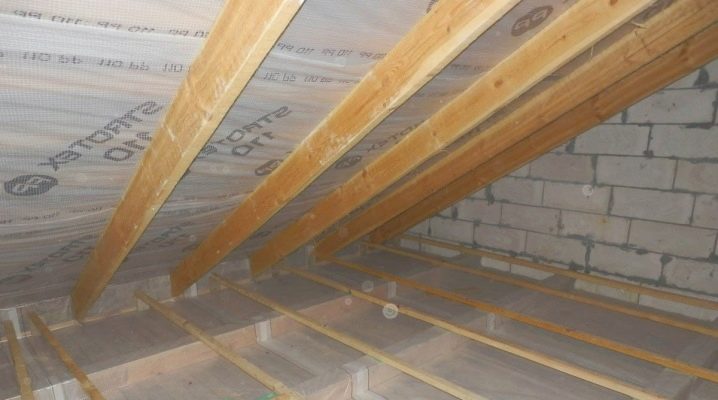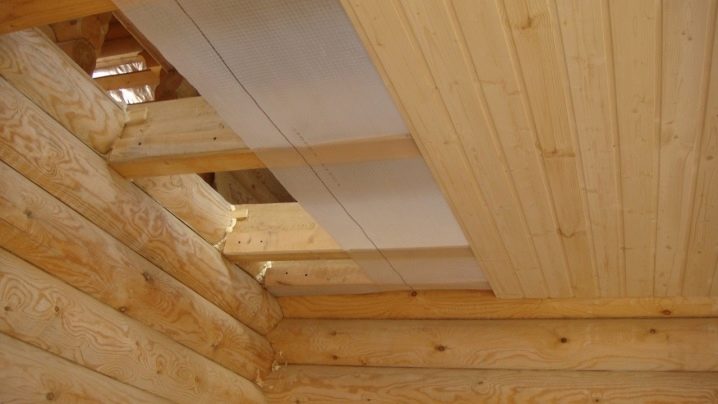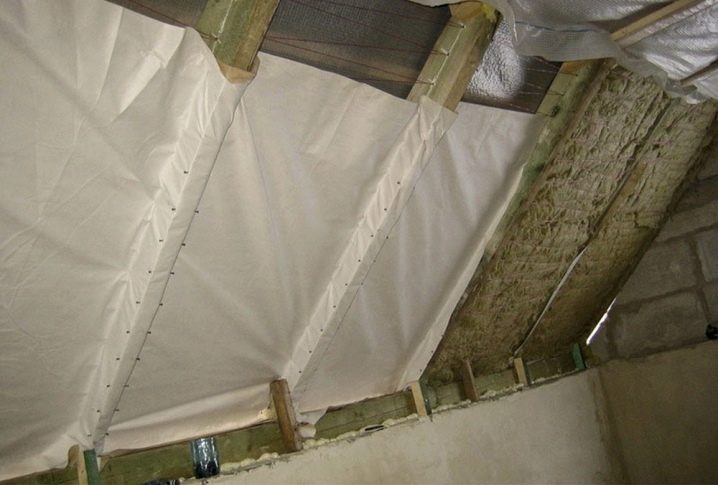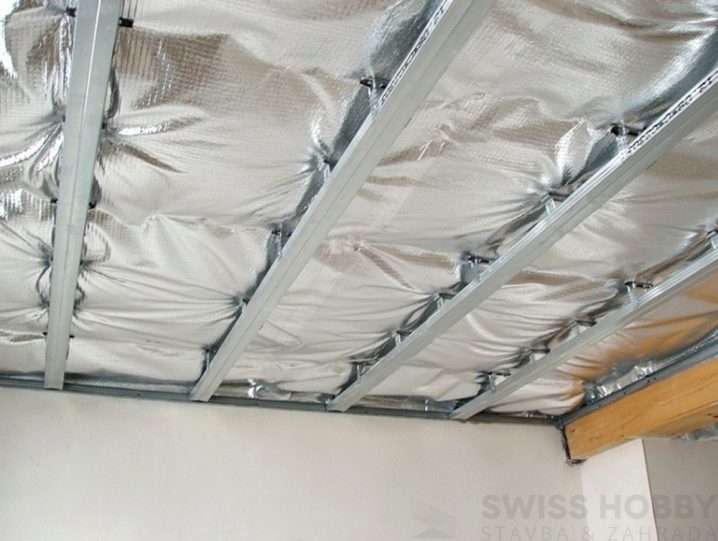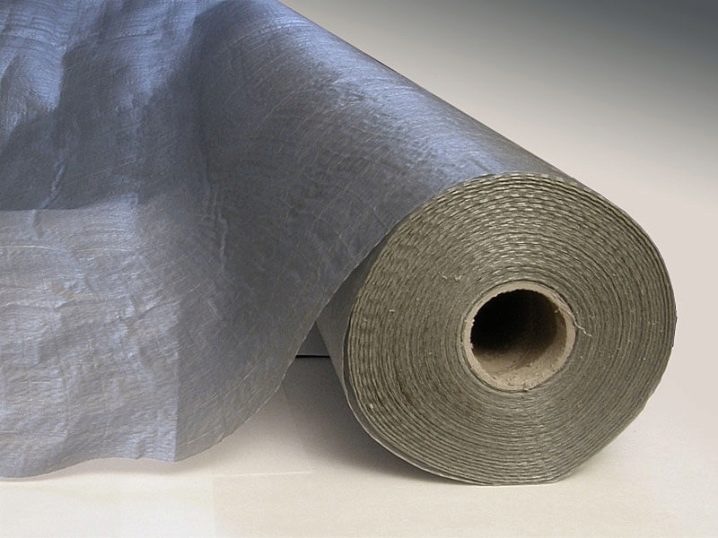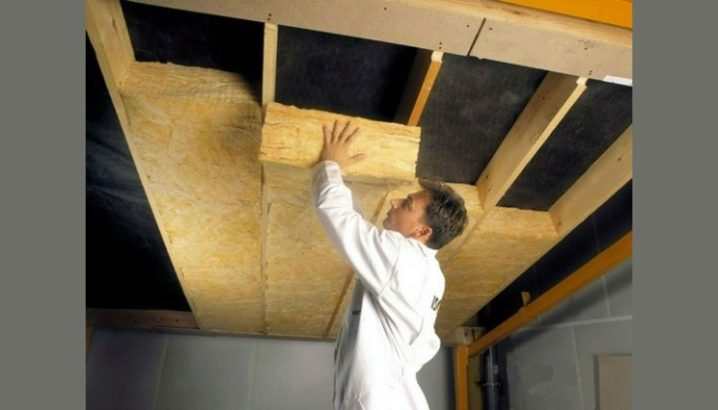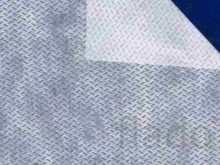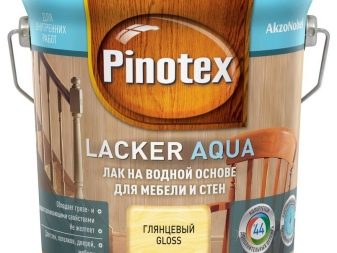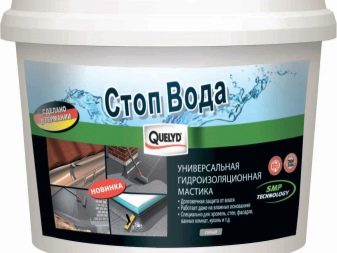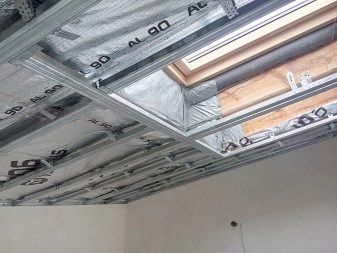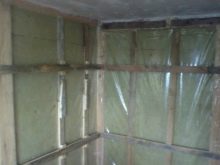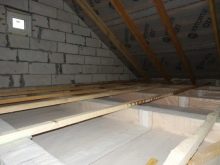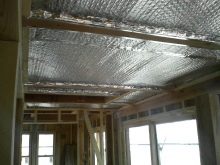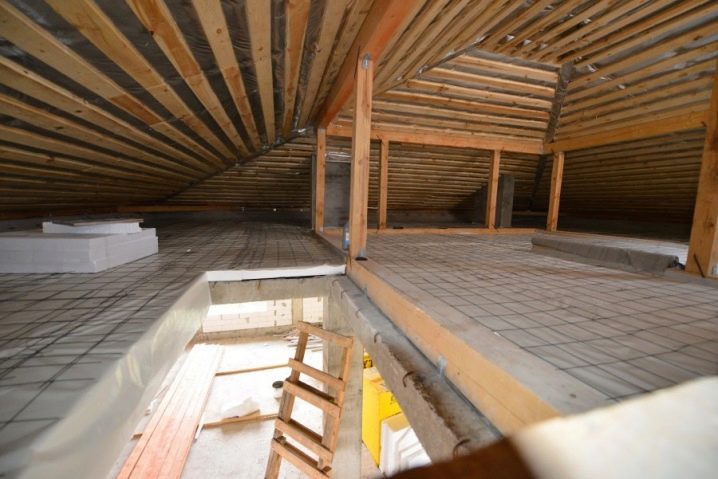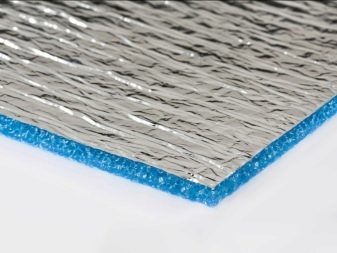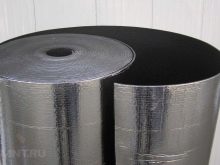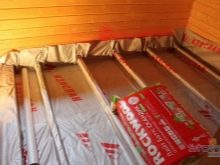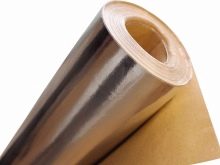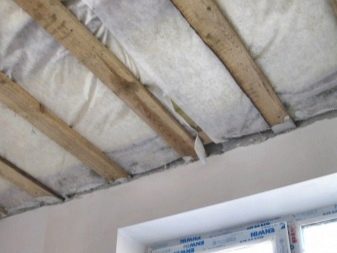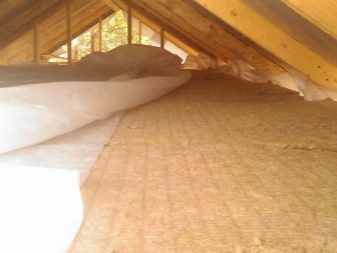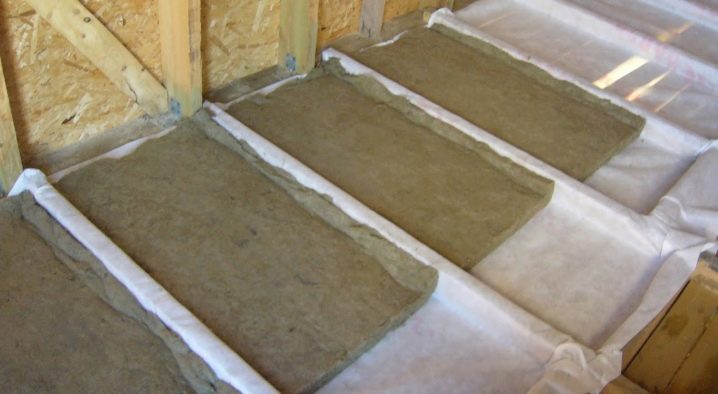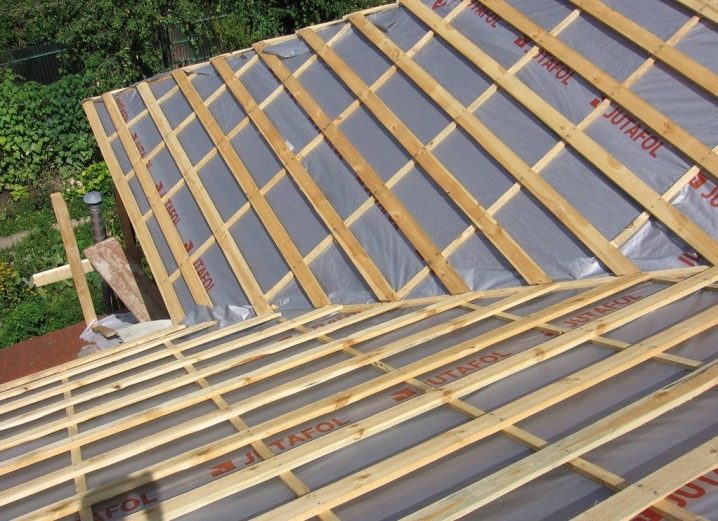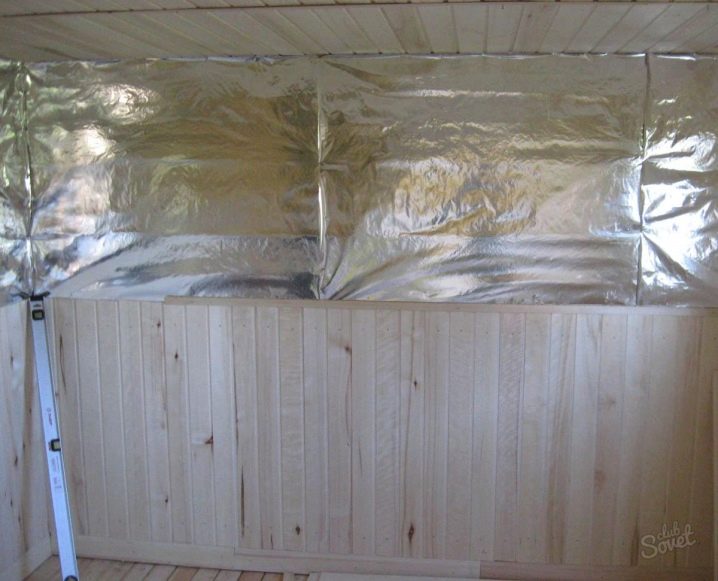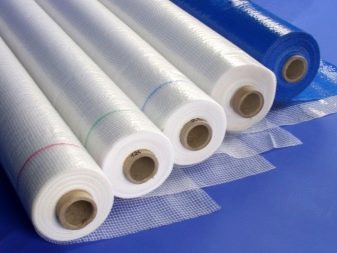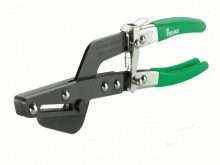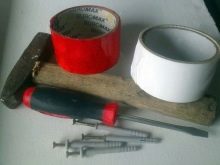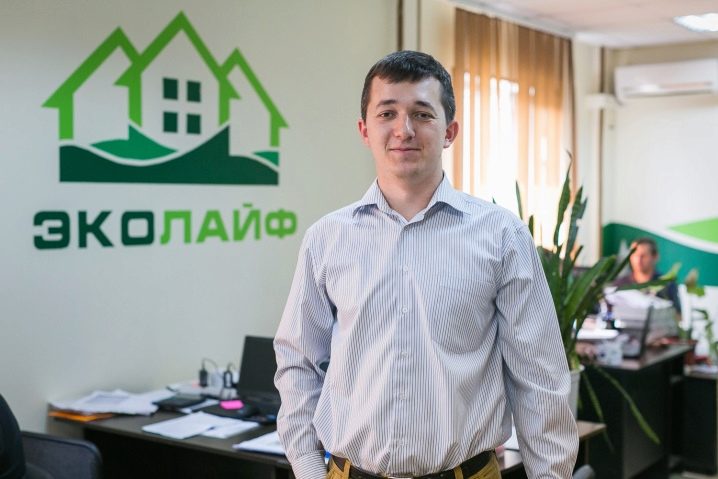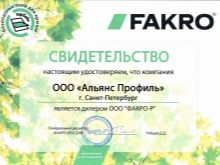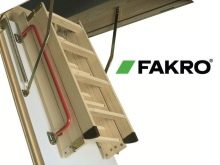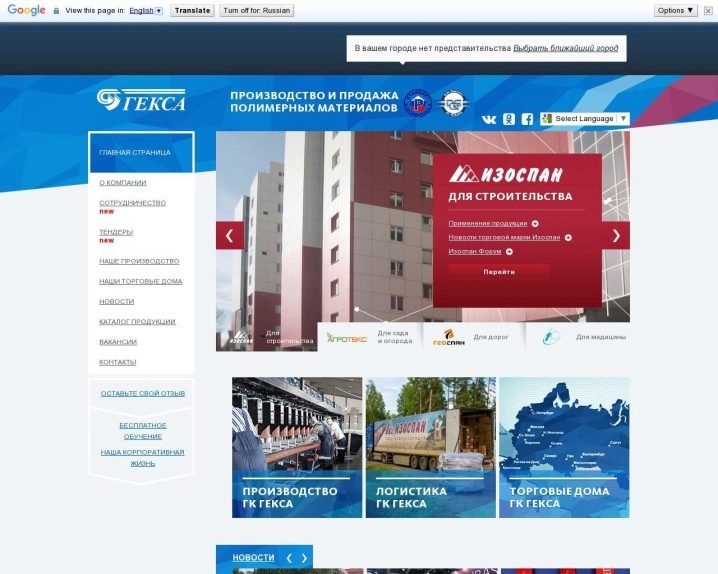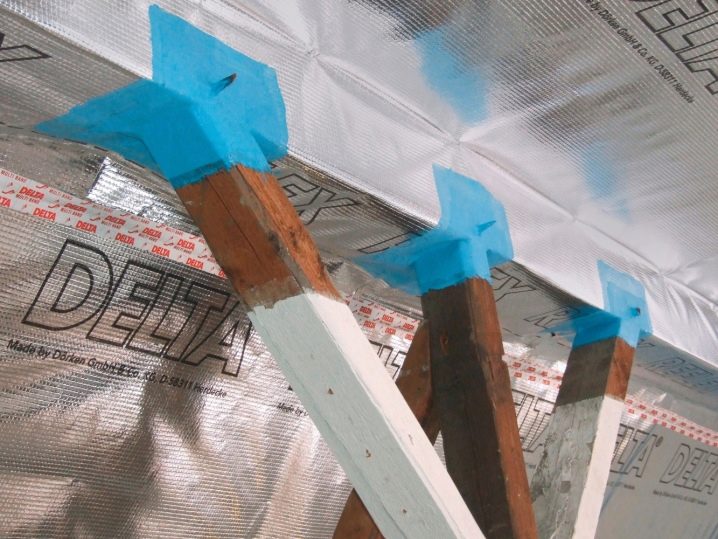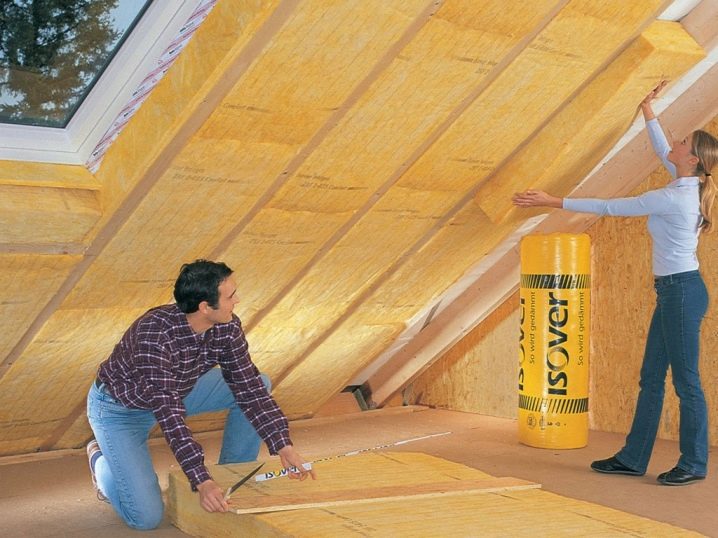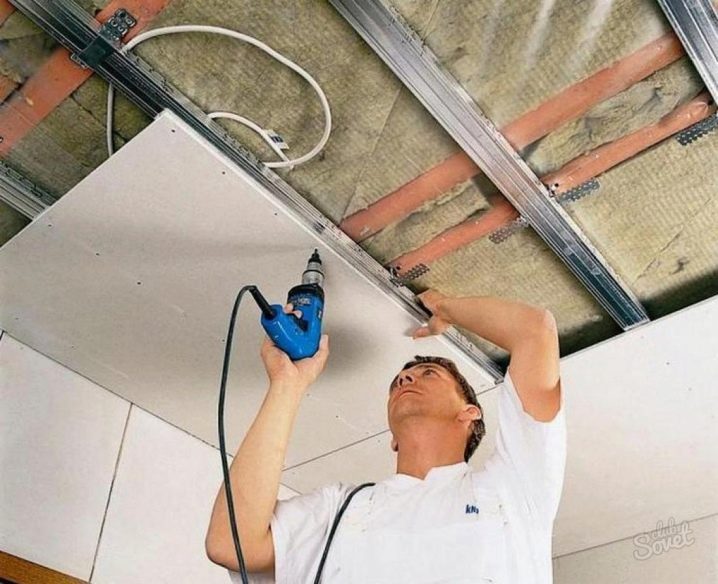The subtleties of vapor barrier for ceiling in hardwood floor
Almost all types of insulation should be protected from moisture penetration and evaporation. To equip the barrier against steam should not be "at random", since the role of the vapor barrier is no less than waterproofing. It is important to know the subtleties of the device vapor barrier for the ceiling in the wooden floors, as they are used in the construction of materials with increased sensitivity to humidity.
Special features
In any room, especially residential, water vapor is formed. This is an inevitable process, as food is cooked, laundry is performed, and wet cleaning is done in the rooms. In this regard, vapor barrier for the ceiling and roof is a necessity.
As for the buildings of aerated concrete, according to some experts, the vapor barrier inside increases the level of humidity of the blocks, respectively, impairs their heat-shielding properties.
Steam rises close to the ceiling, and more precisely to the beams, thanks to which its safety and stability is ensured. To pass through the beams is unrealistic, the sheathing of insulation becomes an obstacle to the vapors and they settle in him, first destroying it, and then causing the rotting of all wooden elements. As a result, because of the rotting down the whole decoration goes down the drain.
If you understand the terminology in detail, a vapor barrier for a ceiling in a wooden ceiling is a set of actions aimed at preventing rotting of floors, reducing the possibility of a moldy fungus, and also helping to increase the safety level of your home.
In the implementation of the vapor barrier of the ceiling, you need to consider a number of features:
- the ceiling includes several layers, which means that all the main work is carried out on the draft ceiling;
- if necessary, it is possible to protect wooden floors additionally, and to fill up all the gaps with special compounds;
- Installation of vapor barrier is possible only after the surface dries out completely.
Materials
In order to protect the ceiling, the device should be dealt with comprehensively.
To equip the insulation layer, various materials are used with similar characteristics. In order to choose such a material correctly, let us examine its classification.
Universal material - vapor barrier film. Since it is reinforced with fabric or mesh, it has a high level of durability. Two types of vapor barrier are perforated: perforated and non-perforated. And for operational characteristics, it does not play a big role.
The foil-coated film has a metal surface, which allows not only to protect from steam, but also to save heat. This material is properly laid down the metal side. Thus, the heat loss is significantly reduced.
Polypropylene films are also in demand on the market. They have a special layer to absorb moisture. It consists of fibers of viscose and cellulose. When condensate accumulates on the surface, moisture is absorbed by this layer. In the insulating layer the penetration is impossible.
Then, due to ventilation between the vapor barrier and insulation, evaporation occurs. It is recommended to apply a film of this kind in rooms with steadily high level of humidity.
On the other hand, the film has significant drawbacks:
- creating a greenhouse effect;
- short period of operation;
- condensate accumulation in different places.
Asphamine can also be included in the number of vapor barrier materials. Its basis is cardboard, saturated with bitumen mastic. He has poor bandwidth. After installation, it is necessary to ventilate the room. This material is in demand mainly because of its low cost.
The popularity of breathing membranes is growing. It is a nonwoven double material that protects structures from condensation and steam. They have high vapor performance. Make such isolation from material with special structure. In this case, the temperature and humidity levels in the room affect the steam capacity.
Membranes can be divided into several types:
- With aluminum foil. Does not release heat from the room. Great for bathroom or bath.
- With variable ability to skip pairs. It allows you not to worry about fluctuations in the level of humidity in the room, it works and adapts to various processes.
- With limited vapor permeability.Often used in the house where the owners do not live permanently.
Practice suggests that the vapor barrier membrane is much more efficient and reliable than conventional film. In addition, it is easier to work with (stack). To organize a reliable barrier for steam, it is enough to lay only one layer.
An alternative protection option can be called a special varnish or mastic. Also as a vapor barrier can be noted roofing material and roofing sheets.
Also, vapor barrier materials can be classified according to the following principle:
- Standard. The principle of operation of such materials lies in the fact that they do not allow a couple to penetrate into the insulation. The main location of such steam insulators is inside the house structure.
- Insulators with a reflective layer. These include membrane-type materials that are protected from exposure to water vapor and can also reflect heat.
- With control of the passed moisture. This option becomes relevant in the summer house when the room is not used in winter or used infrequently.
- Materials with a variable level of permeability. This option is suitable when restoring floors between floors.
Which one to choose?
Both global and manufacturers of materials from the Russian Federation offer their customers a wide range of vapor barrier types. Each of them, performing its main function, allows to solve an additional circle of tasks.
Before you opt for a particular type, it is worth exploring all the characteristics of the material. It is also useful to take into account the amount of the budget for the work.
When choosing, you should consider a few points:
- The function of the room in which the material will be used. If it is a bath, it will be enough just a plastic film.
- If you plan to install a layer in the attic of a private house, then you can give preference to more expensive materials.
- Climatic features of the area. In cold areas, a foiled insulator should not be used, as overheating of the roof of the building will obviously not threaten. In a warm climate, the choice is better to stop on the material with a high ability to pass air.
In addition to the listed items, the vapor barrier material must meet the following criteria:
- ease of installation (true if you decide to install with your own hands, without attracting hired professionals);
- high level of strength (even with a strong mechanical effect, the material should not be damaged);
- level of elasticity (it is especially important when the film is tensioned and fixed: the material should embrace the self-tapping screws, and not tear).
In the wooden house-building industry, construction specialists recommend using these types of vapor barrier materials:
- Penofol A - the material is easy to install, it has a self-adhesive layer;
- Penofol B - with foil-coated;
- Penofol C - with a self-adhesive layer;
- isospan B - with a two-layer structure and the possibility of condensate evaporation;
- Aukraft - consists of three layers, optimally suited for rooms in which high humidity.
With the installation process will understand further.
Installation
The vapor barrier must be made from the inside of the room along with the laying of insulation.
If in the region where the building is located, the winter air temperature is lower than -30, then it is easier to mount the vapor barrier layer both from above and below. This is a kind of protection of floors from steam and at the same time a way to keep it warm.
And now let's look at the installation process in more detail.
Folk way
In ancient times, the peoples of the north, who inhabited the territory of Finland, to protect the ceiling in the bath, used a “breathing” membrane - bark.
At the present time, first of all, it is better to lay the vapor barrier material at the same time as the insulating material in the crate. Therefore, in the first place, it must be mounted. Then the ceiling frame is fixed using self-tapping screws and plastic dowels. After installing the lathing, a heat-insulating layer is created, after which the ceiling is directly vapor-insulated. Please note that each wooden element must be treated with an antiseptic solution and fire retardant.
The installation procedure includes several steps:
- The vapor barrier material should not be nailed, but attached with staples to the outermost element of the batten. Be sure to make allowance for walls within 15 - 20 cm.
- It is better to unfold the film to the opposite side and cut with the same allowance.
- The material should be fixed not only along the perimeter, but also on intermediate rails. It is not enough one strip to close the ceiling completely, therefore it is necessary to lay the film with overlapping strips of 15-20 cm.The edges are recommended to be fastened with tape or special tape.
- To ensure a normal level of ventilation, when you put a vapor barrier, leave a gap between it and the ceiling.
The last point can be safely ranked among the most important rules for the installation of high quality vapor barrier. With the same purpose, you need to install a counter lattice throughout the frame. It is almost identical to the configuration of the first layer. The thickness of the rails is about 40 cm. Fastening is carried out using self-tapping screws.
Somewhat more worth considering steam insulation for baths and saunas. In these rooms, the humidity is always increased, and the air is a continuous steam. If the walls of the steam room are not protected, then sooner or later they will undergo fungal diseases or rot.
To protect the wooden structures of the bath, it is not recommended to use a vapor barrier made of polyethylene, since this material is not capable of withstanding high temperature loads.
To fix the vapor barrier you will need the following set of tools:
- the material itself (taking into account its capabilities and needs);
- stapler / construction stapler (to nail staples);
- hacksaw;
- scissors for cutting metal;
- Scotch;
- self-tapping screws;
- screwdriver;
- nails with a wide cap;
- hammer.
We have indicated those tools that will be useful during different ways of installation. And your task is to choose what is needed for a specific situation.
Manufacturers
And now it is worth analyzing several companies that are leaders in the market of vapor barrier materials.
So, the first place in our unique rating is taken by the company. "Ursa PureOne". According to the version of the “Test Purchase” program, the insulation materials from this company are recognized as the best in the Russian Federation.
In second place, experts put the company TechnoNIKOL. The latest technologies are used in the production of materials, and the quality has been at a high level for many years.
Company Ecolife produces materials for protection against moisture, as well as against the occurrence of under-roof condensate in both residential and industrial premises. The only disadvantage is that this material is categorically not suitable for use as a temporary roof.
Polish company Fakro found recognition from the domestic consumer.Its products are resistant to low temperatures, which allows for installation work all year round.
Ondutis produces an inexpensive material with special moisture resistant tapes for joining cloths.
Company "Hexa" produces material under the brand "Izospan". Offers buyers of films and membranes in rolls of different sizes. It is used in capital construction.
Tyvek - high-performance nonwoven fabric membrane produced in Luxembourg. Protects not only from steam, but also strong wind.
Delta - vapor barrier manufactured in Germany. Protects building structures and insulation from wind and steam.
Professional Tips
Laying a vapor barrier can not be called an extremely difficult process, but to do the job qualitatively, read a number of expert recommendations:
- Before installing the vapor barrier, remove all dirt and dust from all surfaces, cover all the gaps with sealant;
- put the film, not stretching it unnecessarily, it should lie, slightly sagging;
- if the canvas is fixed with a stapler, then it is better to put cardboard or other dense material under the staples;
- solid material should be laid in the corners to cover the corner;
- to completely eliminate the gap, as well as increase the level of sealing, lay the canvas, capturing the walls;
- take care of the material, do not pierce it with nails;
- make a ventilation gap between the film and the ceiling;
- lay a vapor barrier not close to the heater.
Be careful: after the insulating material is laid, check whether the joints and installations of junction boxes, electrical cables and pipelines are tight.
And the main advice: if the manufacturer has prepared the instructions, study it in detail before laying. All materials have their own characteristics, to do everything right - do not ignore them.
It also happens that the ceiling has already filed, and forgot to put a vapor barrieror did not even know about it. To panic, of course, not worth it. But to find out exactly what material was used for filing, you need. If this is drywall, you can say you're lucky - it absorbs moisture pretty well.
If chipboard was used, there is no reason to worry either. This is a dense material, where glue is used as a binding element.In principle, ordinary paint is also a good defense.
If you carefully follow the advice of experts, it is possible, especially not bothering to install a vapor barrier in the house on the ceiling and in the attic. Masters understand that the vapor barrier of the roof and ceiling is needed to create comfort and an excellent microclimate in the house.
How to prevent mistakes when installing a vapor barrier, you can see in the next video.
